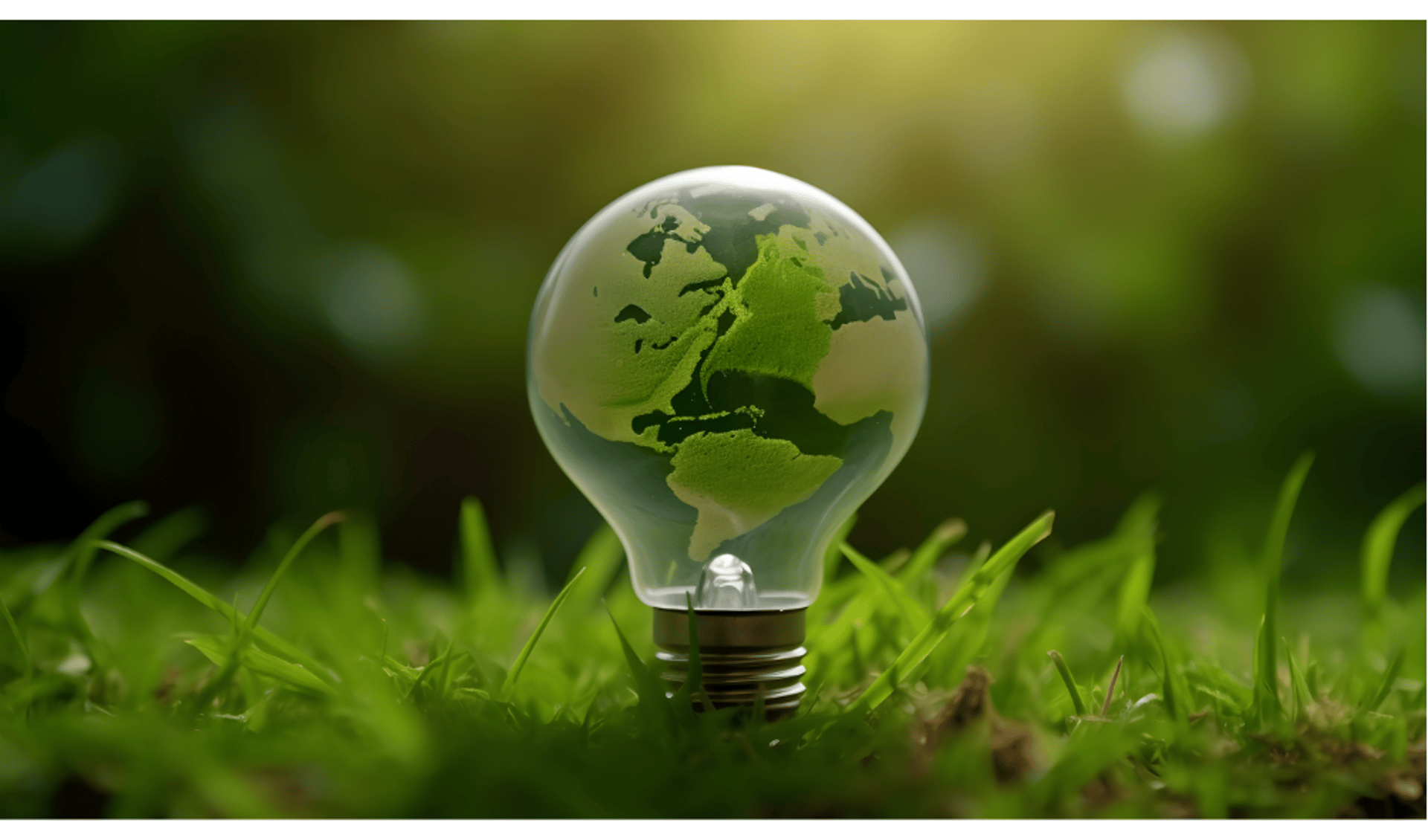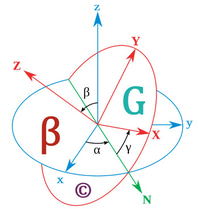How to Choose the Right Energy-Efficient Appliances for Your Home
In today’s world, where energy costs are rising and environmental concerns are growing, choosing energy-efficient appliances is a smart move for any homeowner. Not only do these appliances help reduce your carbon footprint, but they also save you money on utility bills in the long run. However, with so many options available, selecting the right energy-efficient appliances can feel overwhelming. This blog will guide you through the process, offering practical tips to help you make informed decisions.
ELECTRICAL ENGINEERINGPROPERTY AND BUILDINGSSUSTAINABILITY
Engr. Benjamin V. Gonzales Jr.
3/9/20253 min read
Why Choose Energy-Efficient Appliances?
Energy-efficient appliances are designed to use less energy while delivering the same performance as standard models. Here’s why they’re worth considering:
Lower Energy Bills: They consume less electricity, gas, or water, reducing your monthly utility costs.
Environmental Benefits: By using less energy, they help decrease greenhouse gas emissions and conserve natural resources.
Long-Term Savings: Although they may have a higher upfront cost, their energy savings often offset the initial investment over time.
Increased Home Value: Energy-efficient homes are more attractive to buyers, potentially increasing your property’s resale value.
Key Factors to Consider When Choosing Energy-Efficient Appliances
1. Look for the ENERGY STAR Label
The ENERGY STAR label is a reliable indicator of energy efficiency. Products with this label meet strict energy efficiency guidelines set by the U.S. Environmental Protection Agency (EPA) or equivalent organizations in other countries.
What It Means: ENERGY STAR-certified appliances use 10-50% less energy than standard models, depending on the product.
Examples: Refrigerators, washing machines, dishwashers, air conditioners, and water heaters.
2. Compare EnergyGuide Labels
The EnergyGuide label provides valuable information about an appliance’s energy consumption and operating costs.
What to Look For:
Estimated annual energy usage (in kWh or therms).
Estimated annual operating cost.
Comparison of the model’s energy use with similar models.
Tip: Choose appliances with lower energy usage and operating costs.
3. Consider the Size and Capacity
Larger appliances generally consume more energy, so it’s important to choose a size that meets your needs without being excessive.
Refrigerators: Select a size that fits your household’s food storage needs.
Washing Machines: Choose a capacity that matches your laundry load size.
Dishwashers: Opt for a model that accommodates your typical number of place settings.
4. Evaluate Water Efficiency
For appliances that use water, such as washing machines and dishwashers, water efficiency is just as important as energy efficiency.
Look for: The Water Factor (WF) or WaterSense label, which indicates water-saving performance.
Savings Potential: Water-efficient appliances can reduce both water and energy usage, as heating water accounts for a significant portion of energy consumption.
5. Check for Advanced Features
Modern energy-efficient appliances often come with advanced features that enhance performance and savings.
Smart Technology: Smart appliances can be controlled remotely and optimized for energy savings.
Eco Modes: Many appliances have energy-saving modes that reduce power consumption.
Inverter Technology: Found in refrigerators and air conditioners, this technology adjusts power usage based on demand, improving efficiency.
6. Consider the Total Cost of Ownership
While energy-efficient appliances may have a higher upfront cost, their long-term savings make them a worthwhile investment.
Calculate Savings: Compare the annual energy savings with the price difference between standard and energy-efficient models.
Payback Period: Determine how long it will take for the energy savings to cover the initial cost difference.
7. Research Rebates and Incentives
Many governments and utility companies offer rebates and incentives for purchasing energy-efficient appliances.
Check Local Programs: Visit websites like ENERGY STAR or your utility provider’s site to find available incentives.
Tax Credits: Some energy-efficient upgrades qualify for federal or state tax credits.
Top Energy-Efficient Appliances to Consider
Here are some of the most common energy-efficient appliances and what to look for when choosing them:
1. Refrigerators
Look For: ENERGY STAR certification, inverter compressors, and adjustable temperature zones.
Tip: Side-by-side models tend to use more energy than top- or bottom-freezer models.
2. Washing Machines
Look For: Front-loading models, high spin speeds, and low Water Factor (WF) ratings.
Tip: Choose a washer with a high Integrated Modified Energy Factor (IMEF) for better energy efficiency.
3. Dishwashers
Look For: ENERGY STAR certification, soil sensors, and eco-friendly wash cycles.
Tip: Compact models are ideal for smaller households.
4. Air Conditioners
Look For: High Seasonal Energy Efficiency Ratio (SEER) ratings and inverter technology.
Tip: Consider a ductless mini-split system for zoned cooling and heating.
5. Water Heaters
Look For: ENERGY STAR certification, heat pump technology, and proper sizing.
Tip: Tankless water heaters are more energy-efficient than traditional tank models.
Final Thoughts
Choosing the right energy-efficient appliances for your home is a win-win decision. You’ll save money on utility bills, reduce your environmental impact, and enjoy the latest technology and features. By focusing on ENERGY STAR certification, EnergyGuide labels, and advanced features, you can make informed choices that benefit both your wallet and the planet.
Before making a purchase, take the time to research and compare models, and don’t forget to explore available rebates and incentives. With the right appliances, you can create a more sustainable, efficient, and comfortable home for you and your family.
By following this guide, you’ll be well-equipped to choose energy-efficient appliances that meet your needs and align with your values. Make the switch today and start enjoying the benefits of a greener, more cost-effective home!





